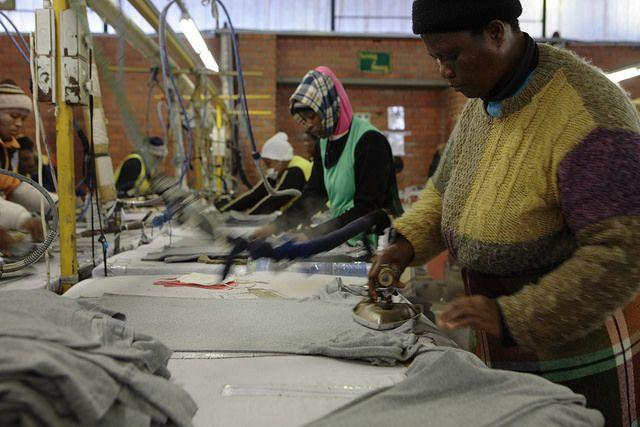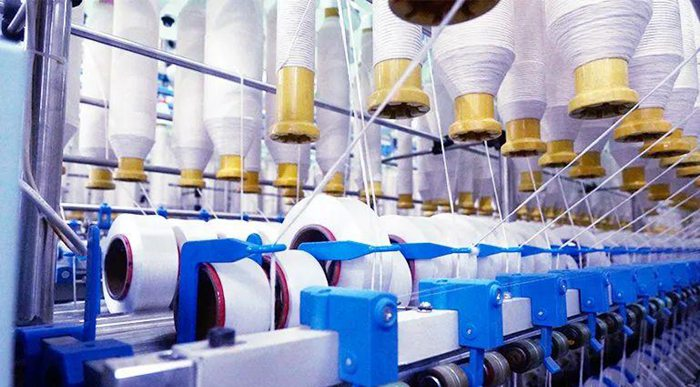Egypt’s Textile Industry Current Situation
Egypt belongs to an open market economy with a relatively complete system of industry, agriculture, and services. The industry is mainly composed of light industries such as textiles and food processing, accounting for about 36% of the gross domestic product. The textile industry is an important traditional pillar industry in Egypt and one of the key industries developed by the Egyptian government. The output value of the textile industry accounts for about 3% of GDP and 27% of the manufacturing industry. Egypt is the only country in the Middle East and North Africa region with a fully vertically integrated textile industry. It has abundant textile raw materials, a relatively complete industrial chain, and a broad market coverage. European countries and the United States are the main export markets for Egypt’s textile and clothing industry.
Egypt has developed into three major textile industry clusters. The first is the canal region centered around the Suez Canal cities of Port Said and Ismailia, which is the main area for cotton product production; The second is the Alexander region located in the Mediterranean seaport, where several garment companies are currently building factories; The third is the Greater Cairo region where the capital is located, which gathers textile enterprises and institutional offices from various places. In terms of production capacity, cotton is an important economic crop and major export product in Egypt. The varieties are mainly long staple cotton and ultra long staple cotton, with good quality. Egypt has the largest cotton and textile industry cluster in Africa, with basic infrastructure in all links of the textile industry chain. According to data from the Egyptian Central Mobilization and Statistics Bureau, Egypt’s cotton production in 2021 was approximately 117000 tons, of which 86000 tons were exported.
Egypt has relatively strong clothing processing capabilities, with international brands such as GAP, Pierre Cardin, Marks&Spencer having processing bases in Egypt. However, the upstream textile and printing processes are relatively weak, and the dependence on imported materials for clothing production is high. There are currently over 7000 textile enterprises in Egypt, of which 90% are small and medium-sized enterprises, employing approximately 1.5 million people. The Egyptian Oriental Weavers Carpet Company is the world’s largest producer of woven carpets, with an annual production capacity of 110 million cubic meters.
Since 2019, Egypt has been promoting modernization reforms in the textile industry, merging 23 state-owned textile companies into 8, and injecting 23 billion Egyptian Egyptian Egyptian pounds into two state-owned enterprises, cotton and textile holding companies, for equipment, plant updates, and employee recruitment. The Egyptian Ministry of Public Enterprises stated that from the end of 2022 to 2024, the restructured textile factories will be put into operation one after another, and the existing production capacity will be improved through methods such as phasing out old machines and acquiring foreign companies.
According to data from the United Nations Statistics Division, Egypt’s total textile and clothing exports reached 4.28 billion US dollars in 2022, of which 1.84 billion US dollars were textile exports and 2.44 billion US dollars were clothing exports. The products are mainly exported to the United States and the European Union, and the rest are sold to Türkiye, the United Arab Emirates, Saudi Arabia, China and other countries. The main export products include clothing (56%), cotton and cotton yarn (15%), carpets (7%), etc. During the same period, Egypt’s textile and clothing imports amounted to 3.36 billion US dollars, with China being the largest source of textile and clothing imports for Egypt, accounting for 58.7% of Egypt’s total textile and clothing imports. The main imported products are synthetic filament (accounting for 34%), cotton, cotton yarn and cotton machine fabrics (accounting for 19%), synthetic staple fibers (accounting for 18%), etc.

